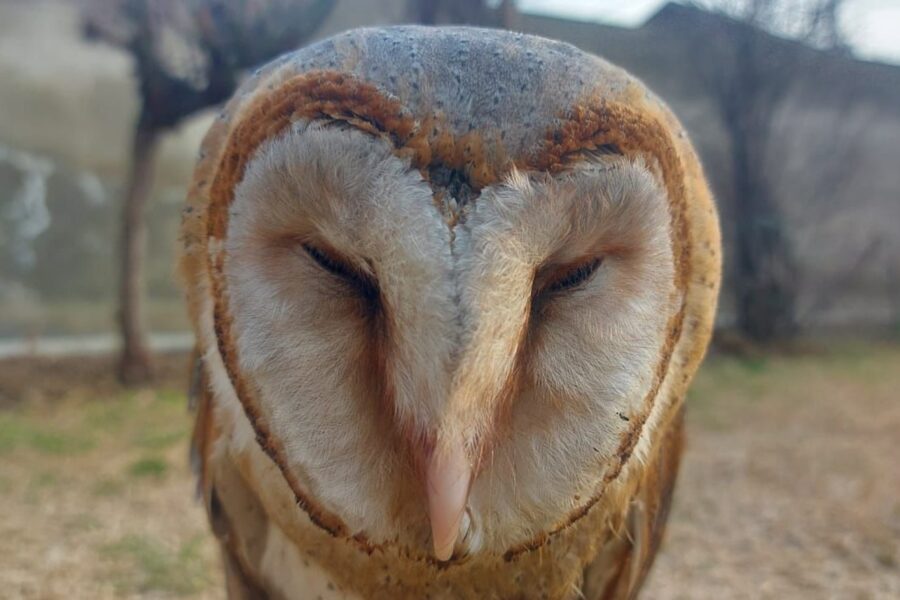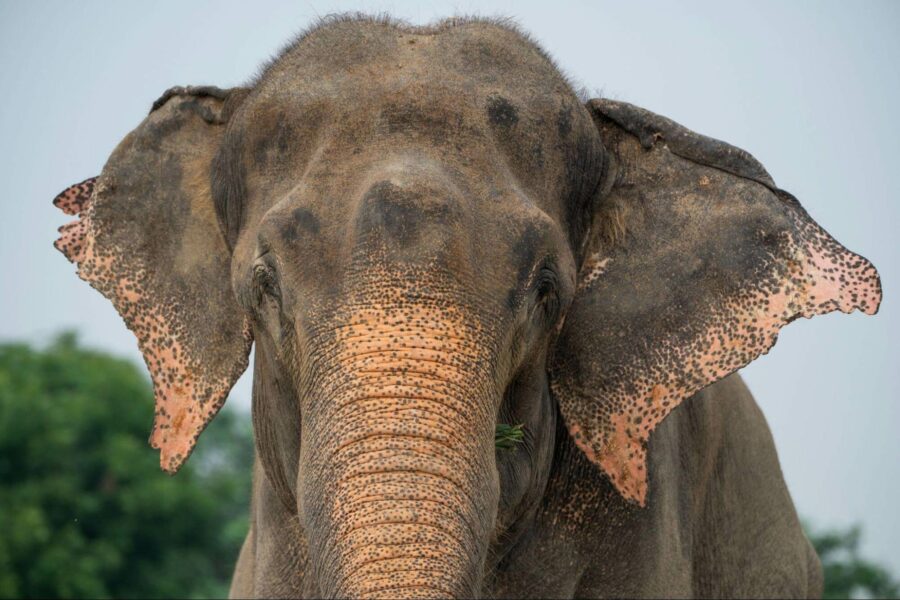The Gurgaon-Faridabad expressway extends from Sikanderpur, Gurgaon to Pali-Bhakri, Faridabad, connecting major industrial zones, tourist destinations and corporate offices, as well as the Indira Gandhi International Airport. Since becoming operational in 2012, and with subsequent expansions and widening, the nearly 30 km long road has become a convenient way to travel the otherwise congested and arduous route. It has also become a frequent wildlife crime scene.
In Haryana, the expressway cuts through the eco-sensitive Aravali range, fragmenting the habitat and destroying important forest cover. With no provision for a wildlife corridor to allow animals to cross the road safely, wildlife from the surrounding areas are forced to risk life and limb to make it from one end of the road to the other. Incidences of unsuspecting wild animals wandering onto the busy highway have been increasing, and with it, the number of animals injured or killed in road accidents in the region has escalated. The superior quality of the roads motivates drivers to ply vehicles at reckless speeds, exceeding the speed limit by nearly double, paying no heed to safety regulations, as there appears to be no system in place to enforce the rules. In addition, the expressway is poorly lit and contains little to no signage, creating an ever-increasing number of clashes between reckless drivers and confused wildlife.
With the lifting of restrictions on movement of heavy vehicles like trucks post 9:00 pm, the amount of traffic increases, and with it the number of hit-and-run cases involving animals.
Notable victims include porcupines, Nilgai or blue bulls, foxes, mongoose, peacocks, jackals, reptiles and even the occasional leopard, as they try to move across fragmented patches of what is the largest tract of forest cover in the National Capital Region, or wandering onto the streets in search of food or water- animals often come from the nearby Mangar forest, less than 10 km away, or the Asola-Bhatti Wildlife Sanctuary bordering the southern edge of the city of Delhi, near Tughlaqabad. With human settlements and urban development inching its way into the animals’ habitat and depleting it shelter, food sources, prey base and water bodies, desperate wildlife is left with little choice but to meander into urban areas, at great risk to their lives.
In comparison to animals in urban areas, wild animals are even less accustomed to traffic and have trouble navigating roads amidst speeding cars, generally startled and terrified by bright headlights and loud noises.
The danger posed to wildlife by rash, careless drivers in the region is illustrated by a recent call that came in on Wildlife SOS’ 24-hour wildlife rescue hotline. An anxious passerby made the call and worriedly informed the rescue team that what looked like a leopard could be seen on the road in a pool of its own blood. The perpetrating vehicle was nowhere in sight. The rescue team set out immediately from the office in Defense Colony with appropriate medical and rescue requirement. Upon arrival, they found the leopard had been bleeding from her mouth, indicating severe internal injuries. She had succumbed to her wounds less than fifteen minutes before the team was able to get to her, the latest in a string of wildlife casualties caused by negligent driving and a dangerous lack of protective measures in place.
Along with strict implementation of road laws, control of heavy traffic and better lighting on the streets, there is an urgent need to make people more aware of the risks posed to wildlife by reckless driving. Encroachment of forested areas and injudicious overuse and depletion of water sources needs to be checked. Wildlife corridors and watering holes must be provided for when resource depletion forces animals out of their natural habitat and into dangerous surroundings.
With urban development on everyone’s minds, bids to build more roads in the area and plans to expand existing ones are being favored, ignorant of the ecological impact that these projects could have in terms of forest fragmentation, loss of forest cover, encroachment and increased incidences of road-kill. If nothing is done to check or regulate traffic in the area, Wildlife SOS can expect many more heart-wrenching phone calls regarding animals injured or dying and in desperate need of assistance on the roads of Haryana.
In case you find wildlife in distress in urban areas, including animals injured by rash driving, please don’t hesitate to call our trained rescue team for assistance on +91-9871963535
To support the work we do, you can make a donation HERE.





